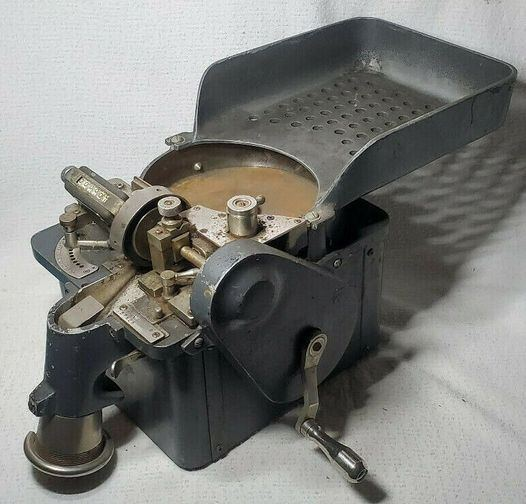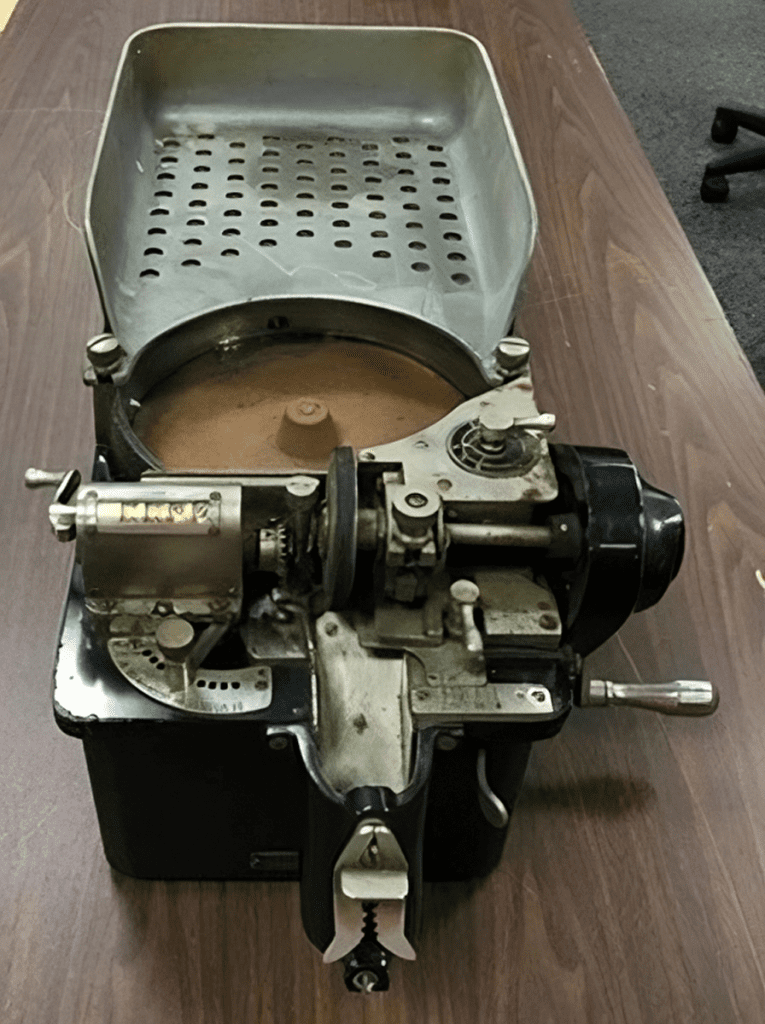My friend shared a picture of this old gadget and revealed its historical use. I was genuinely surprised by the explanation.
The vintage hand crank coin counter emerged in the early 20th century as a game-changer in the world of financial management. Before the advent of digital technology, these manual devices offered a practical solution for counting large quantities of coins efficiently. Crafted from durable metals and featuring a hand-operated mechanism, these coin counters became a staple in banks, retail stores, and even household settings, revolutionizing how businesses and individuals managed their coins.

The hand crank coin counter operates on a simple yet effective principle. Users insert coins into a hopper, then turn a hand crank to sort and count them. The coins pass through a series of gears and screens that sort them by denomination and tally the total. This manual process allowed users to quickly count and sort coins without the need for electricity or batteries, making it a versatile and reliable tool for a wide range of applications.
The versatility of these vintage coin counters made them invaluable. Businesses used them to quickly count change and manage cash flow, while households found them useful for saving and organizing spare change. Despite being labor-intensive compared to modern electronic counters, their reliability and ease of use made them a popular choice for decades, showcasing their enduring appeal and practical value.
The legacy of the vintage hand crank coin counter lies in its impact on both business and personal finance management. These devices represent a time when manual tools were essential for everyday operations, and their design reflects the craftsmanship and ingenuity of early 20th-century engineering. Though largely replaced by electronic coin counters and digital solutions, vintage hand crank coin counters are still cherished by collectors and enthusiasts, who value them for their historical significance and mechanical artistry.
Today, vintage hand crank coin counters serve as nostalgic reminders of a time when manual processes played a crucial role in daily life. Collectors often value these coin counters for their historical significance and mechanical precision, and they are featured in museums and antique collections, where they highlight the technological advancements in coin handling and the enduring charm of vintage machinery.

The vintage hand crank coin counter stands as a testament to the practical solutions of its time and continues to be appreciated for its role in shaping financial practices and technology. Its legacy lives on, not only in the collector’s market but also in the enduring appreciation for the craftsmanship and ingenuity that defined an era of manual tools and mechanical marvels.